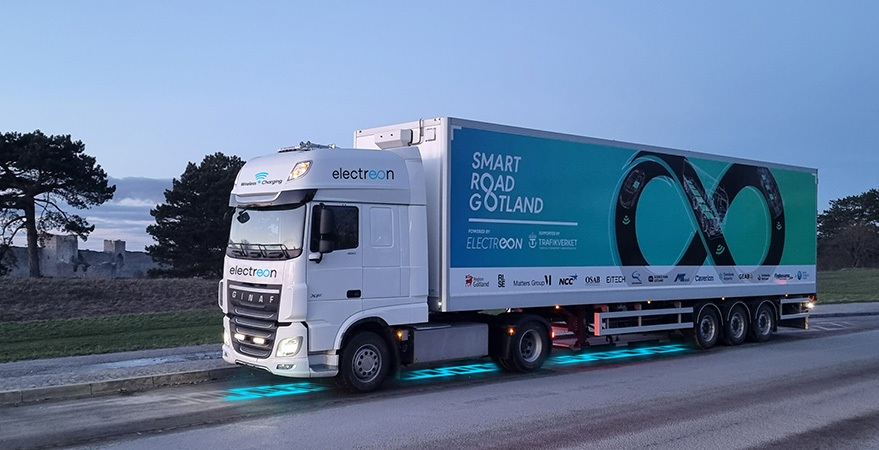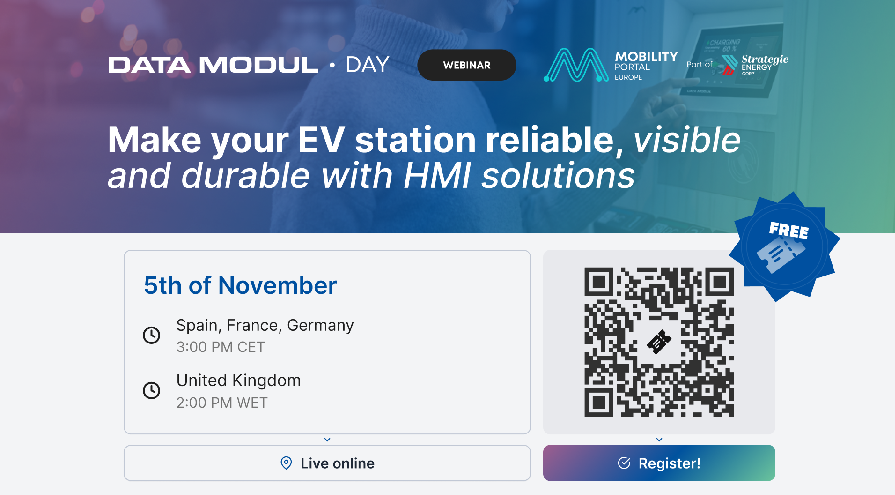The connectivity within the electric vehicle (EV) charging infrastructure in Europe faces a structural issue: fragmentation.
With a dispersed network of charge point operators (CPOs) and electric mobility service providers (eMSPs), access to a reliable charging infrastructure remains a challenge for drivers.
Against this backdrop, Enapi was founded in 2024 as a platform that serves as an interoperability layer between the various stakeholders in the sector.

“We already have more than 350,000 charging points in our network and partnerships with eight of the ten largest eMSPs in Europe,” states Jakob Kleihues, CEO and co-founder of the company.
He goes on to anticipate to Mobility Portal Europe: “We expect to exceed 600,000 devices by the end of the year, and it will likely be much more.”
Its goal is to achieve market coverage as close to 100% as possible, and to this end, it is in the process of incorporating the key networks that are still not part of the platform.
The company was created to address existing solutions, such as traditional roaming hubs and bilateral OCPI integrations, which are not fulfilling their intended role.
How does it work?
“CPOs and eMSPs can connect to our platform via an OCPI integration, and we facilitate interoperability between OCPI-compatible APIs,” he explains.
Through an integration, they can access all the companies connected to the Enapi platform.
This connectivity is 100% free of charge and focuses on data quality.
By strictly adhering to the OCPI protocol, which is widely adopted in the market, the company ensures that eMSPs can provide the best possible experience for the EV driver.
“We can build a much larger business not by charging for connectivity, but by building value-added services on top of the connectivity layer we provide as a foundation,” emphasizes the CEO.
How can a CPO or eMSP join the Enapi network?
Joining the platform is a straightforward process.
“Once they accept our general terms and conditions, they can register an account on our portal and perform a ‘handshake,’ as we call the OCPI integration,” he details.
It then conducts tests in their validation environment before migrating to production.
Once integrated, partners can immediately access the entire Enapi network and begin roaming with other partners on the platform.
According to Kleihues, many people in the industry are frustrated with traditional roaming hubs and are in the process of migrating their current integrations from these hubs to Enapi.
“We are supporting this process, with the goal of making the migration of their integrations to our platform as seamless as possible,” he confirms.
The company’s growth is supported by investor interest.
Recently, Enapi closed a 7.5 million euros Seed funding round, led by Voyager Ventures, with the participation of Project A, Seedcamp, and Helloworld VC.
The funds will be used to strengthen Enapi’s transaction infrastructure, expand its presence in Europe and the United States, and continue building a world-class technical team.
With this investment, the company raised a total of ten million euros in less than 12 months.
“We took this funding not because we needed it in the short term, but because we want to provide assurance to our partners,” says the CEO.
He emphasizes: “This capital injection ensures that we will continue developing our ecosystem without relying on immediate revenue.”
The CEO underscores that the company will maintain disciplined resource management.
“We will ensure that the money lasts, even if we do not generate income in the short term, to ensure that joining an RPS is a sustainable long-term decision and not a temporary solution,” he explains.
What challenges does Enapi face in this context?
Despite Enapi’s rapid growth, the firm faces some challenges in markets such as Germany.
The adoption of the dynamic tariff module in OCPI, which is crucial for ensuring transparency in charging prices, is still not standard across some charging networks.
“In Germany, some CPOs have not implemented this module, making it difficult to communicate real-time pricing to eMSPs,” he states.
In this regard, the company is working with them to resolve the issue.
Moreover, one of the leading platforms that groups together charging points from local energy companies in the country is not open to working with transaction brokers like Enapi, limiting the expansion of its network in the country.
However, the company is confident that this barrier will be overcome over time.
Read more:
-
Possible bankruptcy? JLR cyberattack halts production and threatens UK EV sector
The cyber incident forced JLR to halt production for almost two months, a decision that resulted in costs of £1.9 billion. However, experts warn that the reported losses “may represent only a fraction of the total damage.”
-
France installs world’s first motorway capable of recharging EVs while they drive
The pilot project, called Charge as you drive, covers 1.5 kilometres of the motorway. Beneath the asphalt are coils that transmit energy to vehicles fitted with a special device to receive it.
-
Data Modul Day: “Make your EV station reliable, visible, and durable with HMI solutions”
On 5 November, Data Modul will host a web seminar on HMI solutions for EV charging stations — a must-attend event for manufacturers seeking to innovate and optimise their products.











